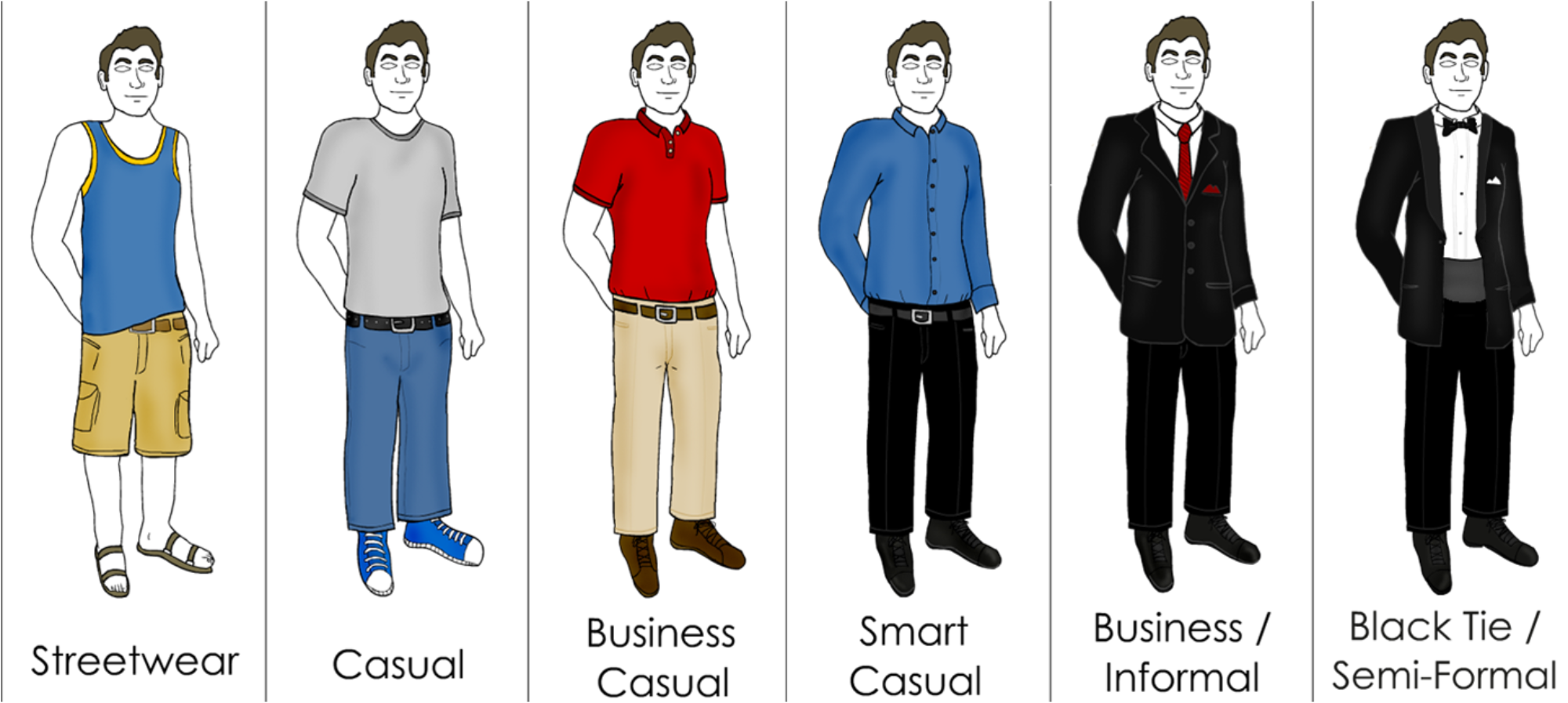Interviewing protocol–Listen up, y’all
An interview is a two way street, more so with senior level hires. Most candidates who take the time to interview are otherwise engaged in a day job, but interested enough to pursue a new possibility. The company doing the interviewing often falls flat on their corporate face, misunderstanding the protocol of interviewing, from timing, location and venue, not merely the process but who is doing the interviewing, the “romancing” of a candidate.
Once an interview is finished, I speak to candidates to see how they felt (it is always how it feels–no one leaves an interview talking about function..).
But when I ask for feedback from the interviewers, baby, they’re gone. Needless to say, that reflects on them as well as the corporate culture, and forces me to often give polite but anodyne responses to candidates–if I can even do that much.
One client had a candidate go through multiple interviews, face-face, phone, VC, and out of eight interviews, I got their collective feedback once. The candidate told me every time, but when I asked the company, no one could help, other than “We think he’s good.” Sounded more like the chopped liver special than a high level strategic hire..
And another company that first wanted a lead candidate to fly to HQ and meet top mgmt, but since no one could figure out exactly where and when top mgmt was in the office (a typical challenge) decided to have the candidate do VCs. But due to the time zones, their morning was his evening and vice versa. No one in their local office wanted to stay after hours to accommodate a VC. What to do? Phone calls were not acceptable, and skype was suggested. Our candidate balked, stating to me that he could do it, but did not think he would look good peering at their leadership from his laptop at home. Any chance for a VC? No, they did not stay late, and no one would do so for him. Solution (mine, trying to keep both sides happy). A large screen in a private business centre–not cheap, but gave the proper surrounding. Five interviews later I know everything the candidate thought, and almost nothing from the client side (“We like him.” Obviously).
And I juxtapose that with another client, a very prestigious management consultancy. With the candidates presented, I would get feedback literally within minutes–from the managing partner. Good and not-so-good feedback, but it was quick, precise, insightful and clear. (And, by the way, they do not have an HR division.)
The lesson here is for hiring companies. Determine who should be interviewing–not for face or politics, but because they hire well. Have a check list and stick with it. Give feedback quickly and clearly and be part of the process, not part of the obstacle. Hiring top people is knowing how to woo, how to engage, and how to assess. AND how to convey one’s insights back to the hiring manager or search firm. A New Year’s resolution to those reading–and you know who you are.













